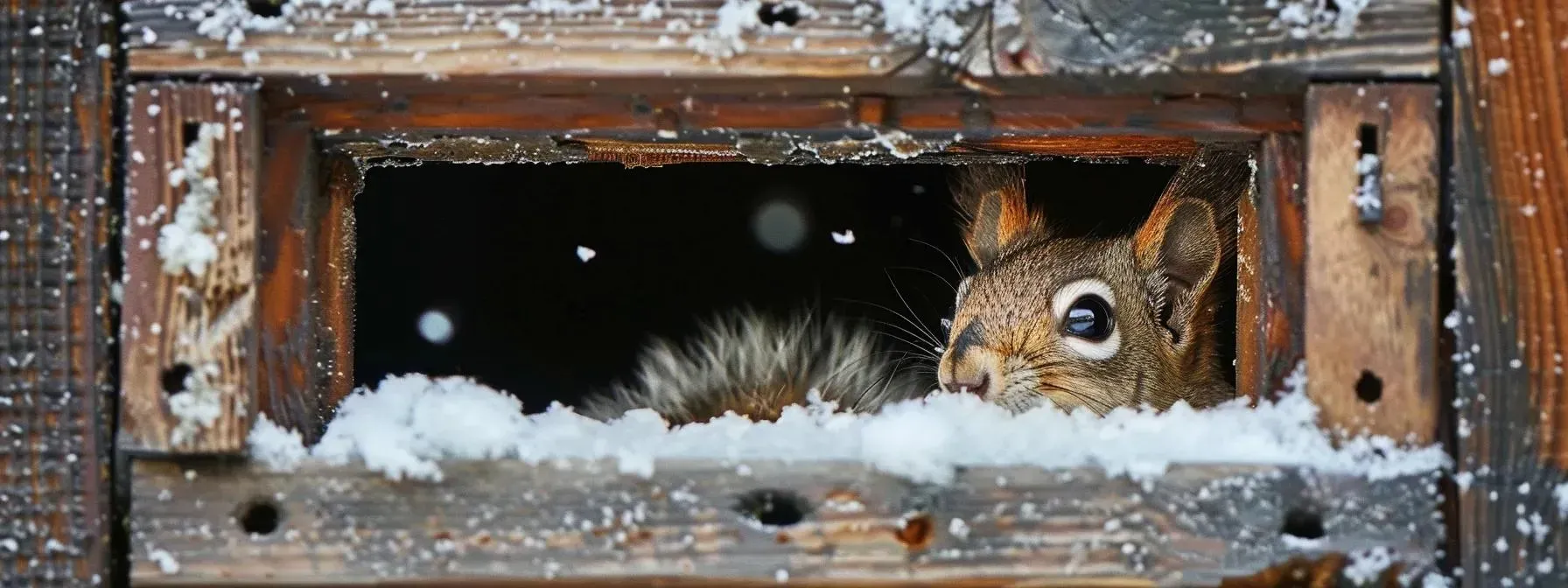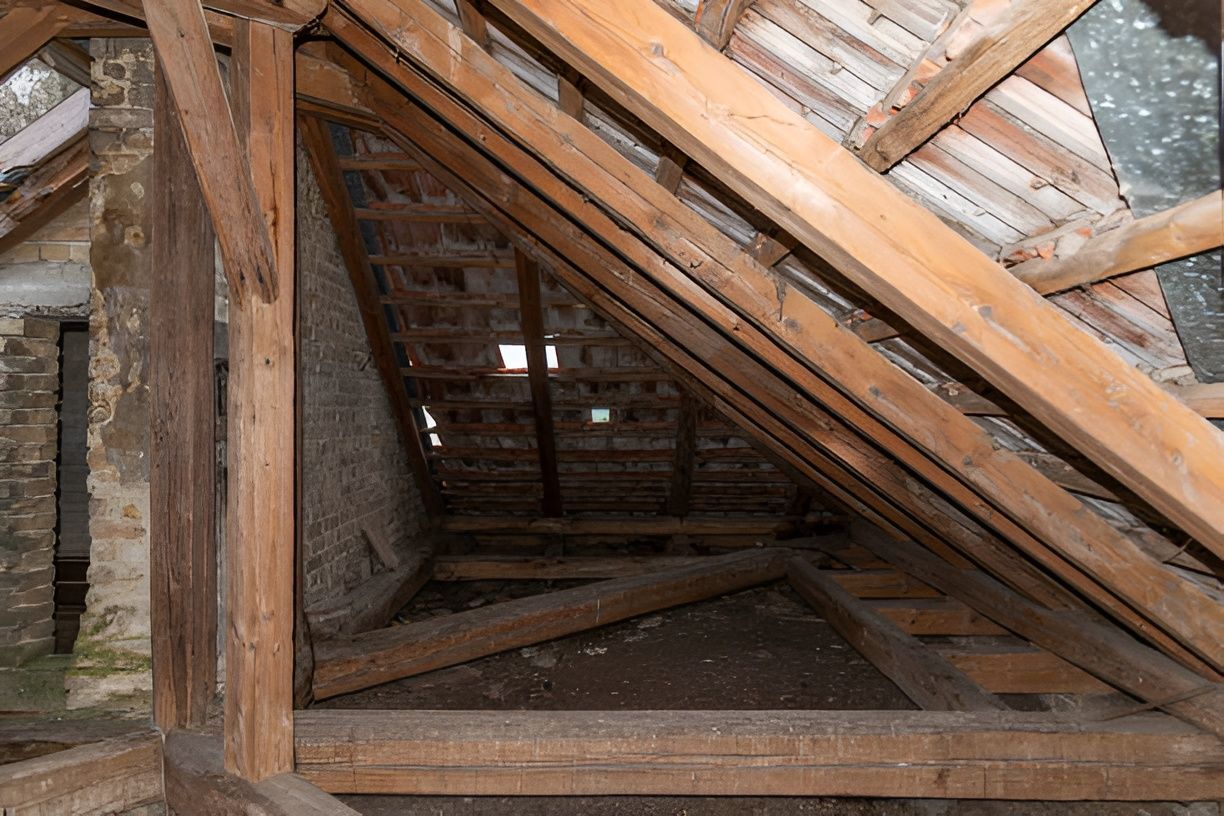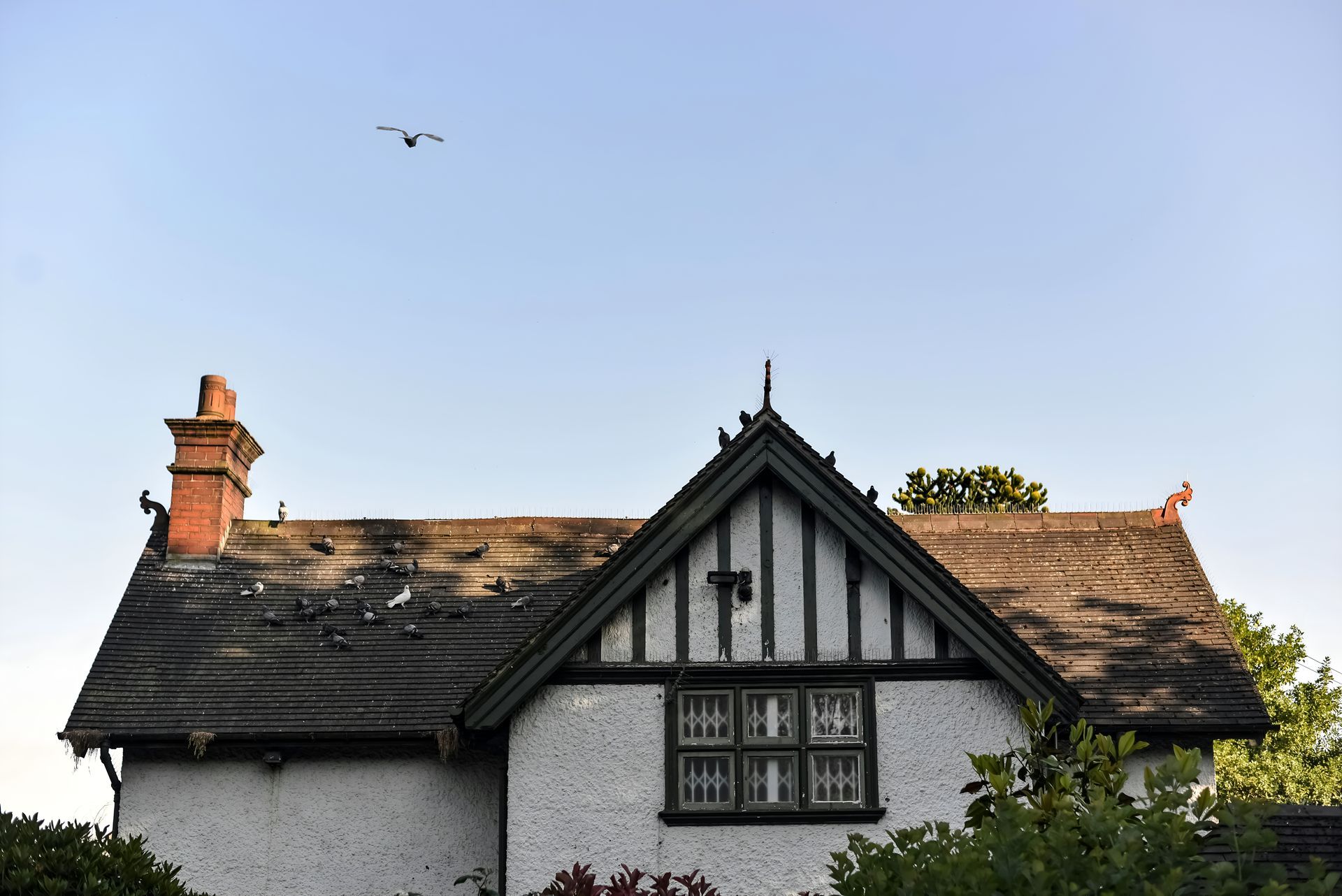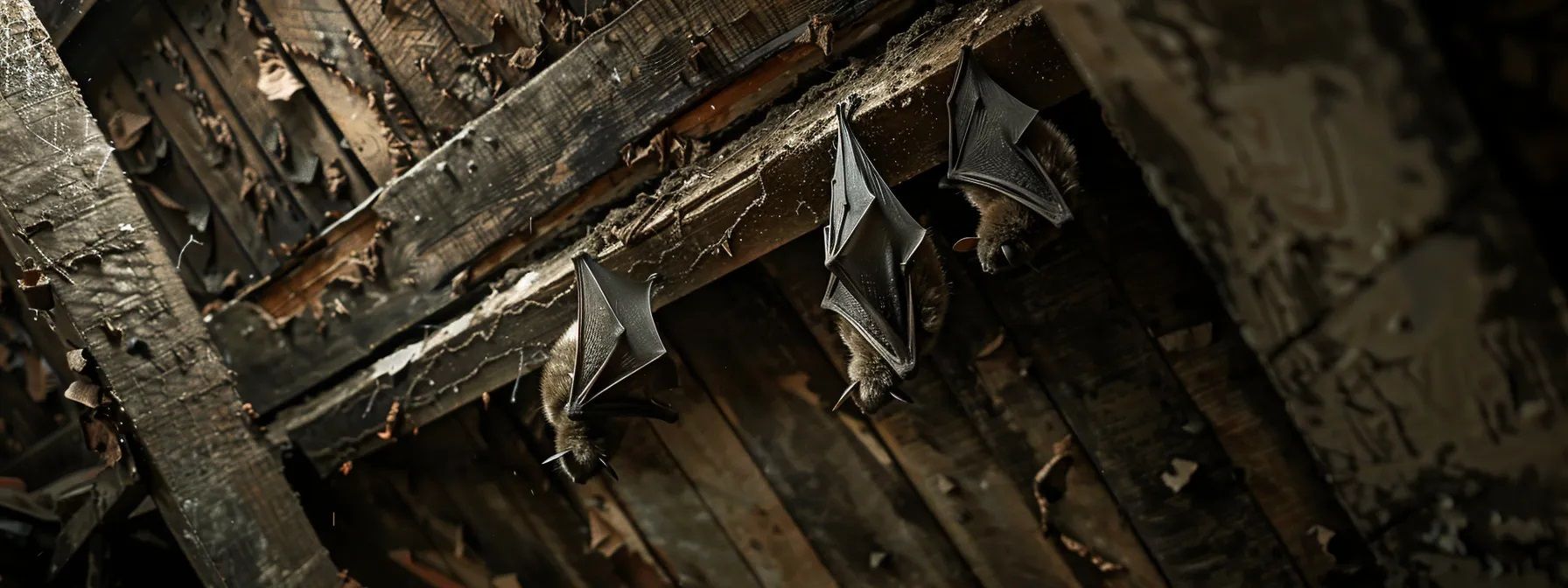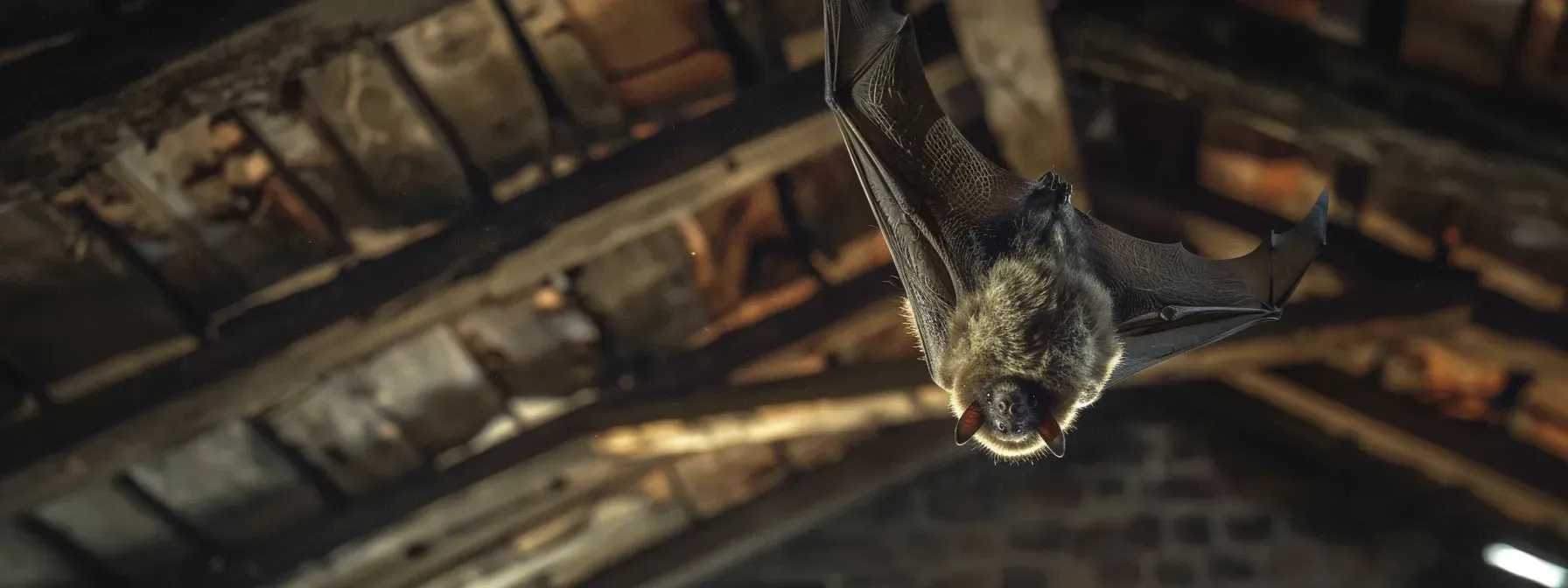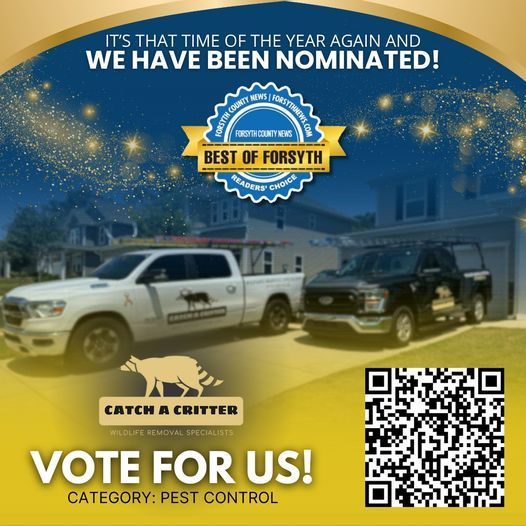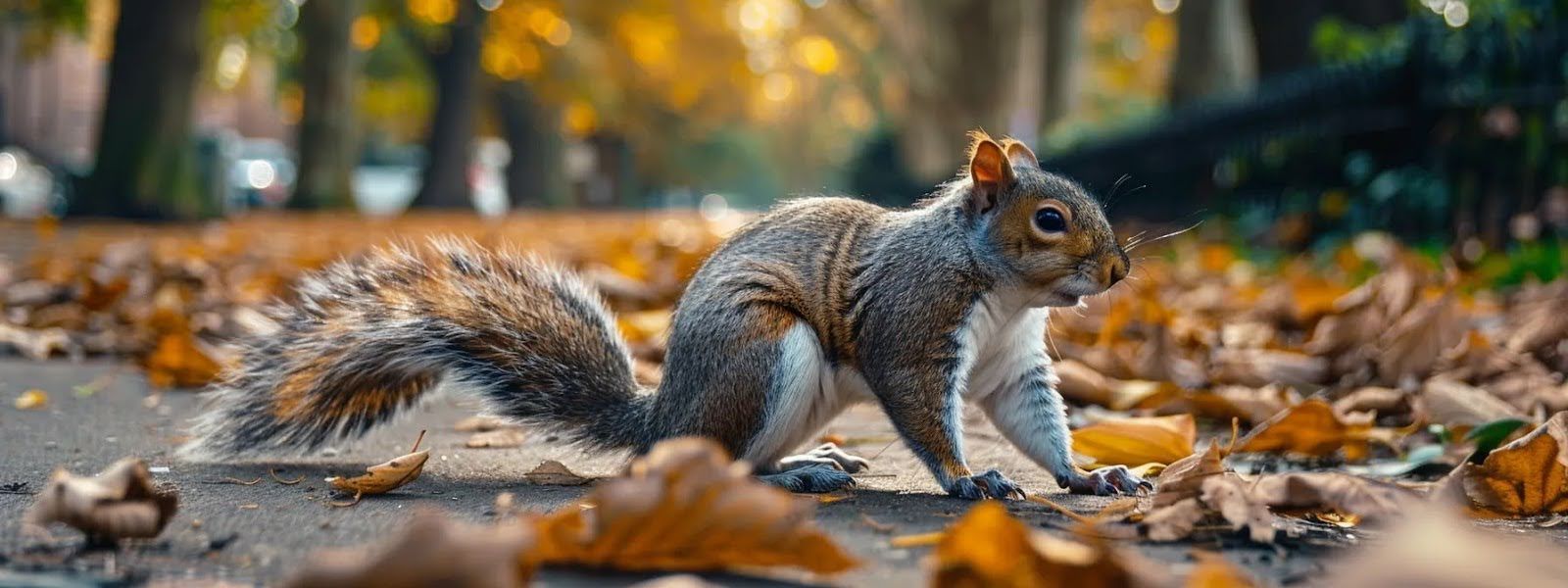Humane Methods to Permanently Remove Squirrels from Attics
Are squirrels turning your attic into their sanctuary?
This can feel frustrating, but there’s hope. Squirrel removal doesn’t have to mean harsh traps or harming wildlife.
In this guide, you’ll learn humane strategies to evict squirrels and stop them from coming back. We’ll cover everything from identifying entry points to effective prevention techniques.
Why Do Squirrels Invade Attics?
Squirrels often look for secure nesting locations, especially during colder months or when raising young. Your attic provides the warmth, quiet, and safety they need. Here’s why they’re drawn to attics:
- Temperature Control: The insulation in your attic mimics the comfort of natural tree nests.
- Predator-Free Zone: Away from ground-level threats, squirrels feel safer in an attic.
- Nest-Building Materials: Items like insulation, stored cardboard, or cloth provide ideal nesting materials.
Without intervention, squirrels can cause damage:
- Fire Hazards: Chewed electrical wires pose a serious risk.
- Energy Efficiency Loss: Damaged insulation reduces your home’s ability to retain heat or cooling.
- Health Risks: Droppings and urine can spread diseases, including salmonella and leptospirosis.
How to Identify Squirrel Activity in Your Attic
Detecting squirrels early helps minimize damage. Here are detailed examples of signs to watch for:
- Unusual Noises: Scampering sounds at dawn or dusk often indicate squirrels. Rats are more active at night, so the timing can help identify the pest.
- Visible Damage: Chewed wood, gnawed electrical wires, or insulation torn into shreds are clear indicators.
- Droppings: Squirrel droppings resemble small, oblong pellets and are usually found near nesting areas.
- Odors: A musky smell may signal the presence of squirrels or their urine.
Consider using a flashlight during inspections to thoroughly check eaves, vents, and darker corners for signs of activity.
Humane Methods for Removing Squirrels
Inspection and Entry Point Identification
A proper inspection is crucial for humane squirrel removal. Use these steps to identify where squirrels are entering your home:
Roofline Assessment: Look for gaps in shingles or areas where siding has loosened.
Vents and Chimneys: Ensure these are undamaged and properly covered with screens or caps
Eaves and Soffits: Check for small gaps or broken boards where squirrels might squeeze through.
For example, if you notice a 2-inch gap in the attic vent that has been chewed up, sealing it and adding a one-way door could prevent reentry.
Use of One-Way Doors
One-way doors offer a safe, non-lethal way to evict squirrels. Here’s how they work:
- Installation: Secure the door over the primary entry point.
- Exit Only: The device allows squirrels to leave the attic but prevents them from returning.
- Observation Period: Monitor activity for at least three days to ensure all squirrels have exited, including any babies.
Important Note: If you suspect young squirrels are present, wait until they are old enough to leave on their own or contact a professional for assistance.
Sealing and Repairs
Sealing all potential entry points ensures squirrels won’t return. Use these materials for long-lasting results:
- Steel Mesh: Perfect for covering larger holes without risk of chewing damage.
- Heavy-Duty Caulk: Ideal for sealing smaller cracks or gaps around windows and pipes.
- Roof Patches: Repair damaged shingles or soffits to maintain structural integrity.
How Can You Prevent Squirrels from Returning?
Prevention is a long-term strategy for keeping your home squirrel-free. Here are detailed prevention techniques:
- Tree Trimming: Squirrels are agile climbers. Keep tree branches at least 10 feet away from your roof to limit access.
- Chimney Caps: These prevent squirrels from climbing into your chimney. Choose a cap with a stainless steel or galvanized mesh for durability.
- Attic Vent Covers: Install screens over attic vents to block entry. Ensure they are made of sturdy materials like metal.
- Eliminate Food Sources: Avoid leaving bird feeders, pet food, or open trash near your home. Secure lids on garbage cans with bungee cords if necessary.
Odor Control
Even after removal, lingering odors from droppings or nesting materials can attract new squirrels. Use these methods to address odors:
- Clean affected areas with an enzymatic cleaner.
- Replace damaged insulation to remove scent trails.
- Ventilate the attic to disperse any residual smells.
Why Are Humane Methods Better Than Trapping?
Trapping squirrels may seem like a straightforward solution, but it often causes more harm than good. Here’s why humane methods are superior:
- Stress-Free Removal: Traps can cause significant stress or injury to squirrels.
- Legal Considerations: Many areas regulate or restrict trapping wildlife, requiring humane practices.
- Sustainable Results: Without addressing entry points, new squirrels will simply move in after the old ones are removed.
What to Do if You Can’t Handle the Issue Alone
Sometimes, squirrel infestations require professional help. Here’s when to call experts:
- Large Infestations: Multiple entry points or nesting sites can be challenging to handle.
- Structural Damage: Squirrels chewing on beams or wires may require immediate attention.
- Health Risks: Professionals are trained to safely clean and disinfect areas affected by droppings.
How Professionals Can Help
Wildlife removal experts, like Catch A Critter, offer tailored solutions, including:
- Thorough inspections to locate all entry points.
- Professional-grade sealing materials for lasting results.
- Humane methods that comply with local wildlife laws.
Hiring a professional ensures effective removal while protecting both your home and the squirrels.
Conclusion
Squirrels in your attic are more than just a nuisance—they’re a hazard to your home and health. Humane methods like sealing entry points, installing one-way doors, and preventing future invasions ensure a safe, permanent solution.
Catch A Critter specializes in effective, humane squirrel removal in Cumming, Georgia. Contact us today to protect your home and maintain harmony with nature.
